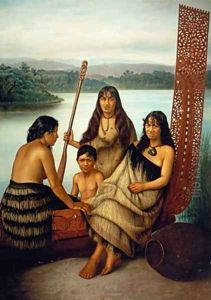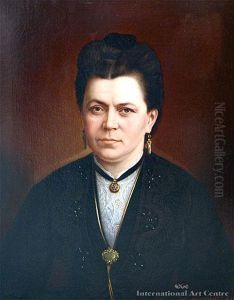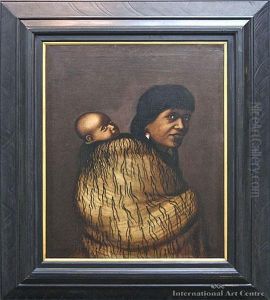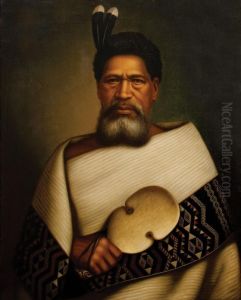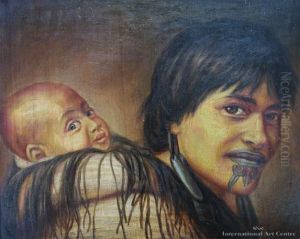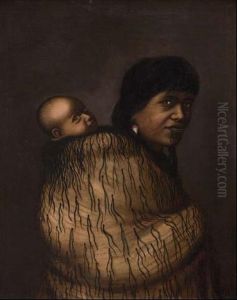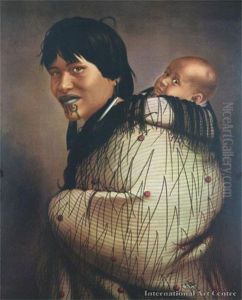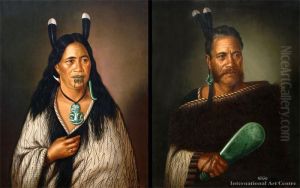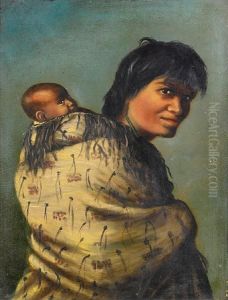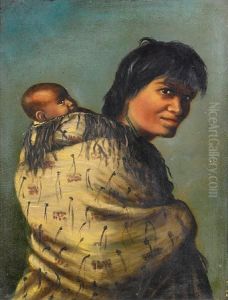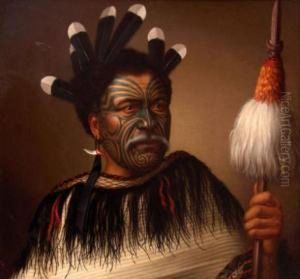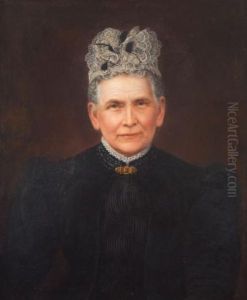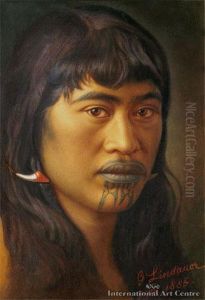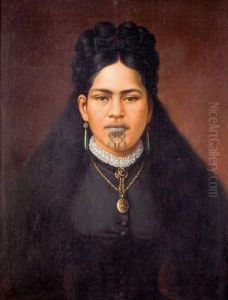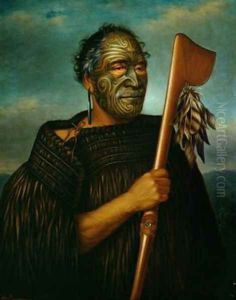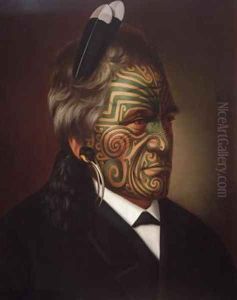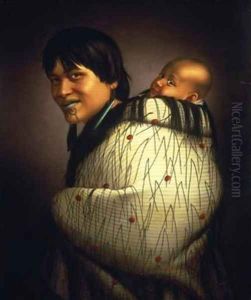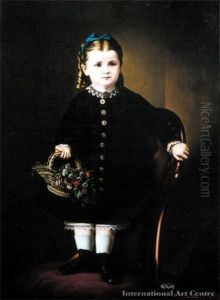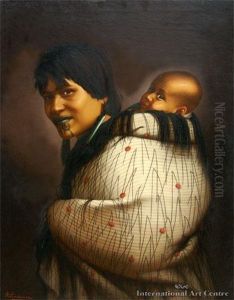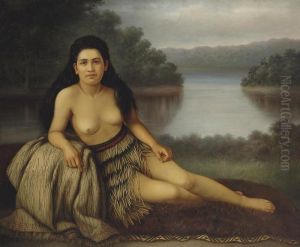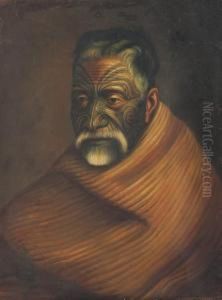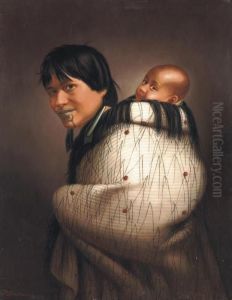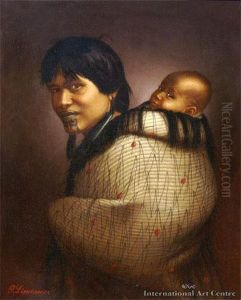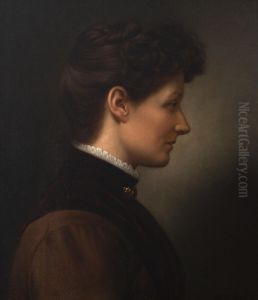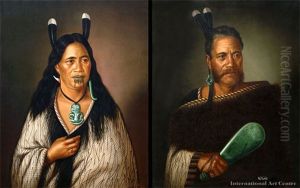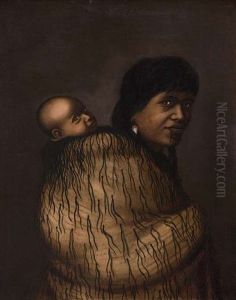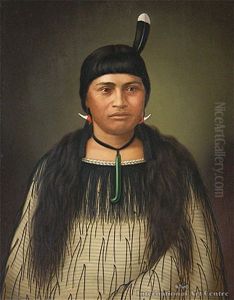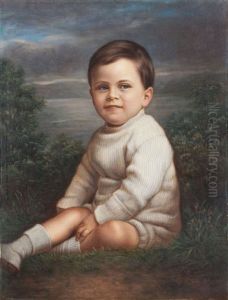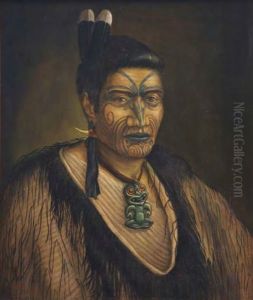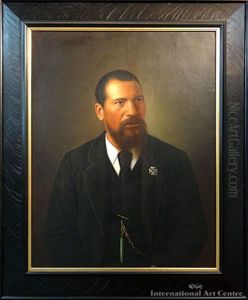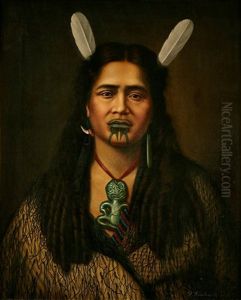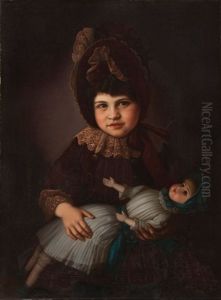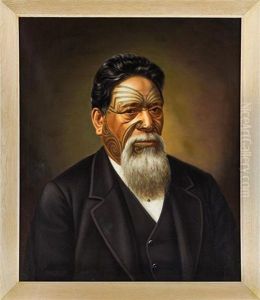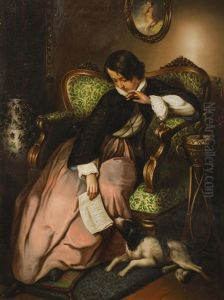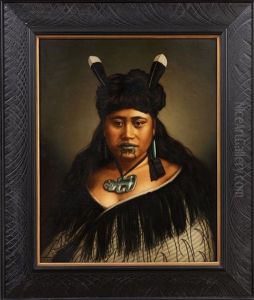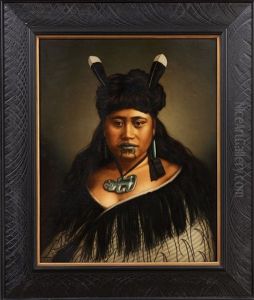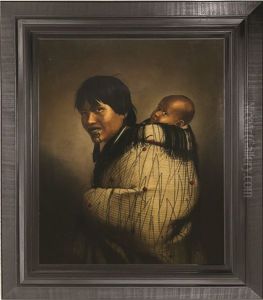Gottfried Lindauer Paintings
Gottfried Lindauer was a Bohemian painter famous for his portraits of Māori people. Born on January 5, 1839, in Pilsen, Bohemia (now Plzeň, Czech Republic), he studied at the Academy of Fine Arts in Vienna under Leopold Kupelwieser and Josef Führich. Lindauer moved to New Zealand in 1874, where he began to create some of his most notable works.
Lindauer was particularly renowned for his detailed and sensitive portrayals of Māori chiefs, elders, and warriors, often adorned in traditional attire and taonga (treasured possessions). His work provided a vital record of Māori culture and individuals at a time of rapid societal change and Westernisation in New Zealand. Many of his portraits were commissioned by influential Māori and Pākehā (European New Zealanders) patrons, including his most prolific patron, Henry Partridge.
In his lifetime, Lindauer was celebrated for his ability to capture the likeness and spirit of his subjects. His paintings are considered significant for their historical and cultural value, offering insight into the individuals and society of 19th and early 20th century New Zealand. He was also known for his landscape paintings and religious artworks, but it is his Māori portraits that have left a lasting legacy.
Lindauer died on June 13, 1926, in Woodville, New Zealand. His works are displayed in major New Zealand art galleries and continue to be celebrated for their contribution to the understanding of New Zealand's heritage, as well as for their artistic merit. The Lindauer Art Gallery in Woodville and the Auckland Art Gallery are among the institutions that house significant collections of his paintings.
